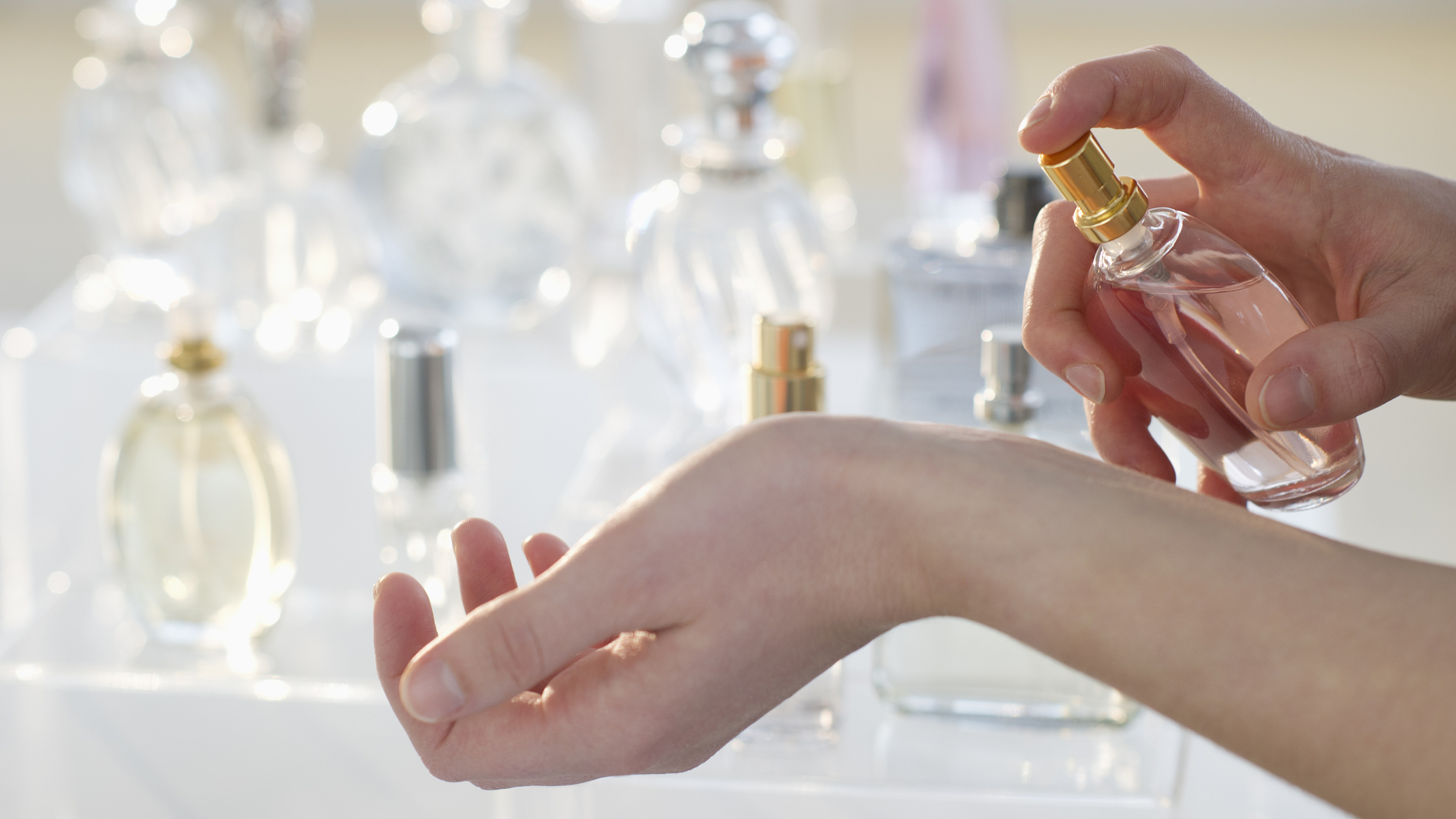06:44

The scent of old books, the smell of boiled water from a metal kettle, a popular candy from one's childhood - what do all these have in common? These are all unique niche fragrances that are currently in demand in China's rapidly growing perfume and fragrance market.
China is the world's second-largest cosmetics consumer market only behind the U.S., settling at 261.9 billion yuan (37 billion U.S. dollars) in 2018, according to the China Cosmetics Market Report 2019-2025 by Research and Markets. But fragrances and perfumes are the fastest-growing segments in all the categories of cosmetics, according to local research firm Forward.
This poses a huge opportunity for perfume makers and sellers.
Chen Peng, co-founder of niche perfume boutique Galerie de Parfumes, said fragrance and perfume market growth will reach 40 billion yuan (five billion U.S. dollars) over the next two years.
"China takes up one-fifth of the world population, but the perfume market size is less than two percent," said Chen, adding that the main opportunities lie not only in a large Chinese population but also the shifting consumption trends of the Chinese people.
"Commercial brands no longer satisfy them, that's why they are looking for unique and niche products where Chinese brands could have an edge over foreign brands. Like the scent of boiled water from a metal kettle which evokes childhood memories sells very well," said Chen, noting that 90 percent of the customers are women aged between 30s and 50s.

China is the world's second-largest cosmetics consumer market only behind the United States.
China is the world's second-largest cosmetics consumer market only behind the United States.
Global brands that are diversifying and innovating their perfume products are expected to expand the customer base, according to a recent report by Grand View Research. And Chinese brands are capitalizing on the willingness of Chinese customers to explore new and unique scents.
Chinese company Scent Library, which has 80 branches in China, said it was focusing on the effects of smell on evoking people's emotions and memories, including recollections of popular food. That was why the company partnered popular Chinese candy "White Rabbit", a brand with over 60 years of history and significant cultural relevance to the Chinese-speaking market, to create creams and fragrances.
"Most of our customers were from the age of 18 to 28 years old. After brand collaboration with White Rabbit, even some over 40 years old are also coming to our store," said Scent Library brand communication manager Luo Cheng, adding that the company recently introduced another scent which smells like liquor.
While foreign-funded enterprises are still dominant in China's cosmetics market with an estimated 86 percent share of total retail sales, Chinese companies are fast catching up.
"We've introduced Chinese brands to the customers, we used to only sell foreign brands but now more people want to buy local brands," said Nisissfree shop manager Yan Jing, referring to fragrances that come in satchels.
According to local research institute Forward, Chinese consumers accounted for only one percent of the global perfume market in 2017, which is in fact indicative of a segment with huge untapped potential.
The fragrances and perfume segment is one that is seeing huge growth potential, especially in China, according to several local perfume sellers and makers.
An industry report estimated the global perfume market size was valued at 31.4 billion U.S. dollars (220 billion yuan) in 2018 and would expand at an annual rate of 3.9 percent between 2019 and 2025.